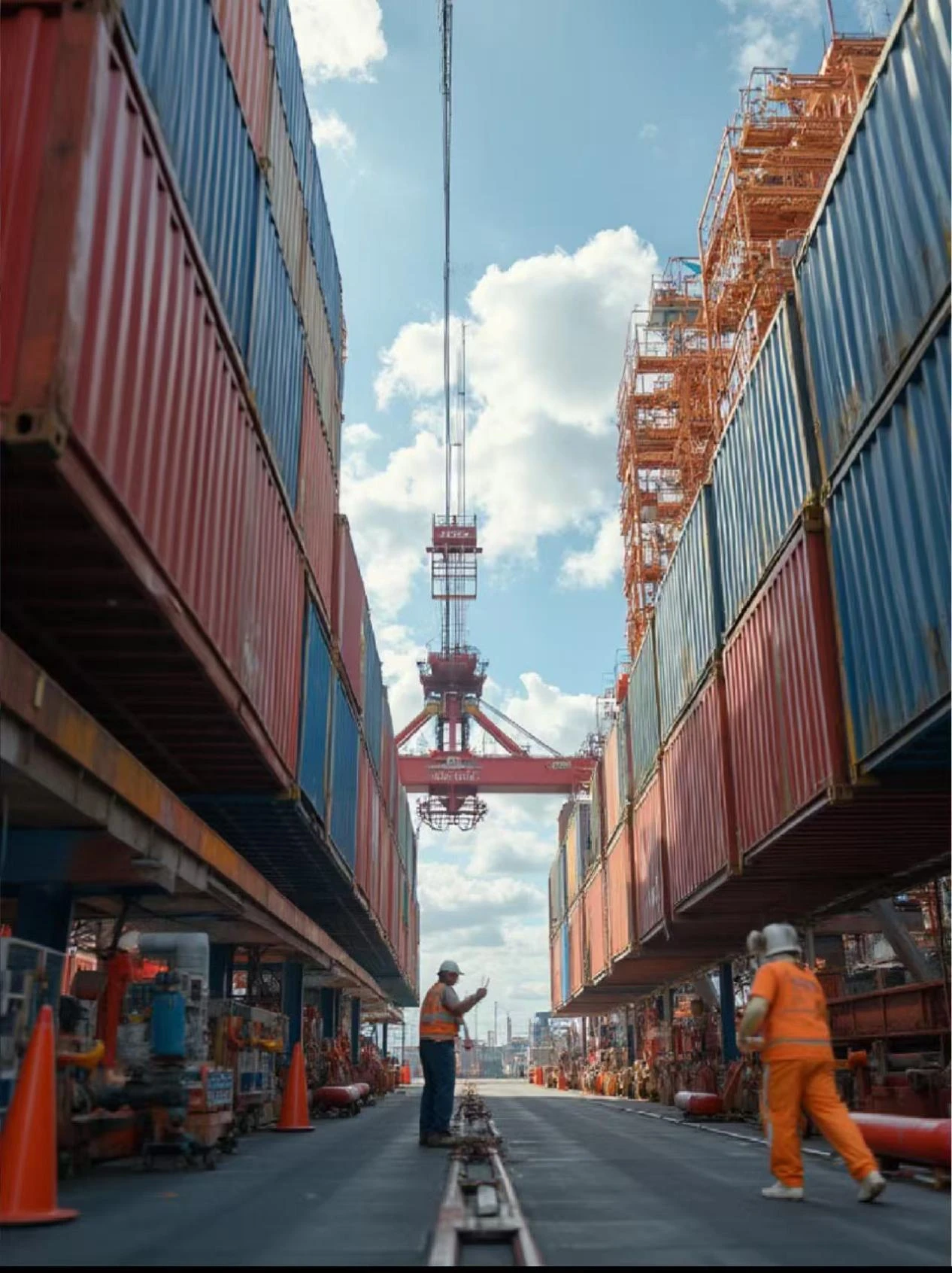What is import customs clearance, and what steps are involved in import customs clearance?
Import clearance refers to the process by which an importer or their agent declares the details of imported goods to customs, pays duties and other taxes, and ensures that the goods are legally imported into the domestic market. The following are the specific steps involved in import clearance:

1. Prepare clearance documents: including commercial invoices, packing lists, waybills, etc.;
2. Arrival of goods at customs: Transportation methods include air freight, sea freight, or courier services. Upon arrival in the destination country, the goods will first enter the customs supervision zone;
3. Declaration and review: The declaration is handled by a freight forwarder or logistics company on behalf of the importer, or the consignee may declare directly. Customs verifies the consistency of the goods information and documents, and confirms whether tariffs need to be paid;
4. Paying tariffs: Tariffs are calculated based on the type of goods, their value, and the destination country's tax rate, and are typically paid by the recipient;
5. Release and pickup: After approval and payment of tariffs, customs will release the goods. The logistics company will deliver the goods to the recipient's address or notify the recipient to pick them up at a designated location.
The purpose of import customs clearance is to ensure the legality and compliance of goods, pay tariffs, and safeguard national security.








